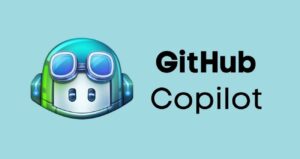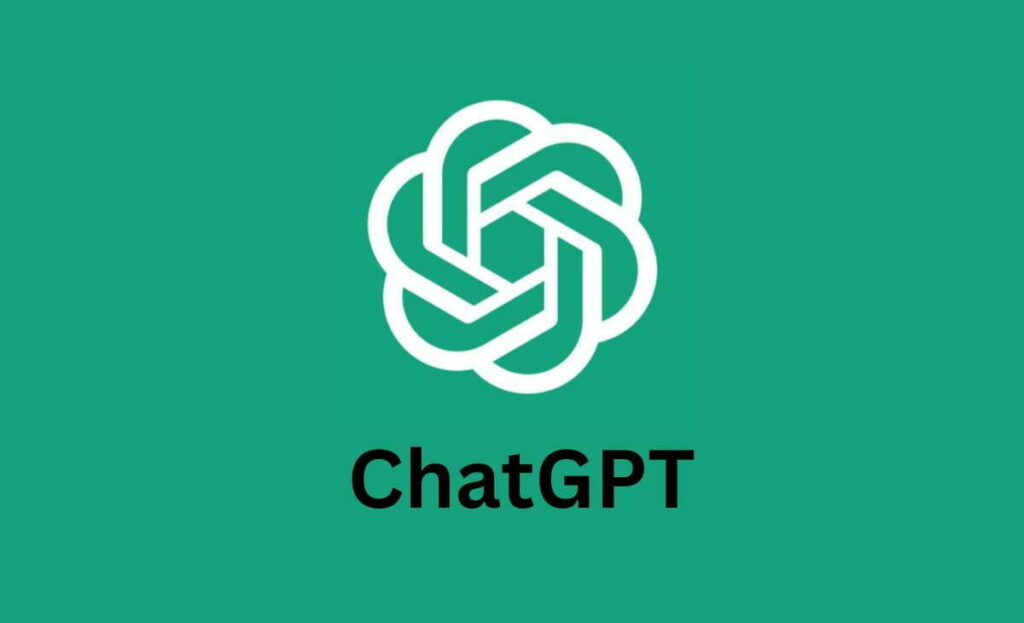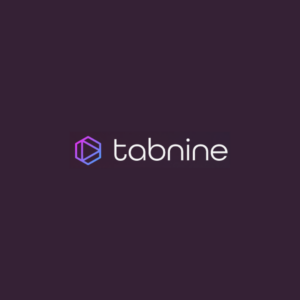Introduction:
In the early days of computing, software development was an entirely manual process. Coding line-by-line was laborious and error-prone. Since then, developers have continuously sought ways to automate repetitive tasks and boost productivity. The initial focus was on basic workflow automation. Tools automated mundane activities like building, testing, and deploying code. This freed up developers to focus on higher-value work. But code writing itself still required heavy human involvement.
With advancements in machine learning, a new generation of AI-powered assistants emerged. These tools provided insights for improving code quality, security, and performance. By analyzing large codebases, they could detect vulnerabilities and suggest optimizations no human could match. Natural language processing (NLP) marked another breakthrough in automation. Models like GPT-3 could now understand developer intents expressed in plain English. This enabled converting natural language queries directly into functional code.
Today, AI integrates throughout the development lifecycle. Sophisticated models generate, complete, refine, document, test, and deploy code. Coding assistance tools like GitHub Copilot blend AI completions directly into developer workflows. While full automation remains distant, AI is excelling at handling tedious coding tasks. This is augmenting developers to collaborate in building the next generation of software. The future points to increasingly capable AI partners that amplify – rather than replace – human creativity and problem-solving.
The Current Landscape: Widespread Adoption of AI Coding Assistance
By some estimates, over 90% of professional developers now use AI coding tools.
Here are the top 3 AI coding assistance tools:
1. Github Copilot

The most popular is GitHub Copilot, launched in 2021 and now with over 1.2 million users. Copilot suggests line completions powered by OpenAI Codex integrates directly into IDEs like Visual Studio Code through autocomplete. Copilot can complete nearly full functions after a few keystrokes based on context.

Surveys show over 70% of Copilot users feel it makes them more productive. It reduces time wasted on debugging, lookups, and repetitive coding. Developers report Copilot allows them to spend more time strategizing and creating vs. grinding out code.
2. ChatGpt

ChatGPT is also gaining traction for its conversational ability to explain errors, suggest optimizations, and discuss code. Queries can be more intuitive than Copilot’s line prompts. ChatGPT also ingests broader developer documentation and Q&A content vs. Copilot’s focus on code alone.
Developers can describe their requirements or ask for specific code patterns, and ChatGPT can generate code templates or provide sample implementations to assist in the development process.
ChatGPT can also be used for testing custom software development services. With ChatGPT, developers can quickly create tests that validate the functionality and performance of custom software development services.
3. Tabnine

Tabnine is an autocomplete tool for IDEs using a proprietary AI model. It suggests code completions tailored to project context by learning patterns from codebases. Tabnine aims to boost developer velocity by reducing repetitive coding. Tabnine speeds up your software development tasks more than 50%, accelerating software delivery and simplifying testing and maintenance.
Startups are emerging to bring chat directly into IDEs like Visual Studio Code, gathering full context to enable more advanced assistance. Some engineers adopt a hybrid approach, using Copilot’s completions alongside ChatGPT’s explanations.
The Expanding Capabilities of AI in Debugging and Code Improvement
As models advance, AI coding assistants unlock new capabilities beyond autocomplete. In debugging, Copilot and ChatGPT unravel convoluted error messages and trace issues back to their source. They suggest targeted fixes tailored to the codebase.
For improvements, both tools recommend alternate data structures, algorithms, and design patterns. Models review complex code segments and explain them in plain language for other developers.
In usability tests, ChatGPT solves over 60% of bugs and provides helpful explanations over 80% of the time. It identifies superior coding approaches in nearly 50% of cases. Integrating chat directly into IDEs should boost performance further.
AI assistants will gain a deeper semantic understanding of code. This allows for higher-level analysis, refactoring, and optimization. Models can flag redundant logic, unnecessary complexity, and opportunities for increased performance. They will also detect vulnerabilities and suggest ways to harden security.
As training data expands, assistants will build domain knowledge of particular languages and frameworks. This enables tailored recommendations based on coding best practices. Models can also learn the unique style and patterns of a codebase to provide suggestions that integrate seamlessly.
The Limits of Full Automation of Software Development with Current AI Models
Despite the hype, fully automating complex software like Netflix with today’s AI is unrealistic. While tools can generate functional MVP code, modern enterprise apps have intricate architectures. Months of planning go into specifications, security, scalability, and other factors.
Netflix likely consists of thousands of interconnected microservices, APIs, and UIs. Expecting an AI agent to effectively replace senior engineers and architects by eliciting the needed requirements through conversation alone is presently unfeasible.
Current AI tools lack the creative problem-solving and judgment required for high-level design decisions. They can accelerate development but not strategize entire workflows unaided. The human developer remains essential.
Additionally, today’s models have limited reasoning abilities. They struggle with complex conditional logic and multi-step procedures. Debugging convoluted issues end-to-end exceeds their capabilities.
AI coding tools are narrow in scope. While excelling at common tasks like bug fixes and boilerplate code, they falter outside their training distribution. Real-world programming involves diverse challenges.
There are also concerns about security vulnerabilities introduced by AI-generated code. Without oversight, models may inadvertently create exploits. Rigorous code reviews and testing are still required.
Adapt or Die: The Imperative of Leveraging AI Developer Tools
Given rapid advances, businesses must adapt workflows around AI coding to remain competitive. Large tech firms invest heavily in developer productivity, and AI promises one of the biggest leaps yet.
Even moderate productivity gains of 10-20% can make the difference for startups racing incumbents. AI-fueled engineering velocity enables faster iteration and innovation.
As engineering moves toward human-AI collaboration, recalibrating processes around these tools is necessary. Workflows will co-evolve with AI’s capabilities. Firms failing to adopt early risk obsolescence.
To fully capitalize, companies should train developers on incorporating AI recommendations. Coding standards may need updating to mesh with machine-generated code.
Testing and security practices must also adjust to account for potential AI-introduced vulnerabilities. Though integral to leveraging the technology, many firms overlook these workflow changes.
Proactive planning and governance are key to successfully integrating AI coding assistants. If done right, businesses can gain an enduring competitive edge. But if done haphazardly, they strand themselves on the wrong side of the coming divide.
The integration of AI into software development is creating a divide between companies that embrace it and those that resist change. On one side are forward-thinking firms proactively adapting to leverage AI’s benefits. On the other are laggards downplaying the technology’s impact.
The divide stems from a disconnect in mindsets. Progressive companies view AI as an opportunity to be capitalized on. They invest in workflow evolution, training, and governance to extract maximum value. Lagging businesses see AI as a threat and are reluctant to recalibrate processes.
This divergence will rapidly widen as AI capabilities advance. Leaders who strategically adopt will accelerate innovation and outcompete sluggish peers. The divide may grow to be insurmountable as AI becomes integral to engineering.
Laggard firms risk obsolescence by remaining confined to increasingly antiquated workflows. Their developer productivity and time-to-market will steadily decay compared to AI-powered rivals. The gradual erosion of competitive edge may suddenly turn into collapse.
What’s Next: Towards AI-Led Development Environments
Over the next 3-5 years, expect AI coding tools to go beyond assisting developers to lead development. Autocomplete will remain invaluable but become a small part of more comprehensive AI IDE integration.
Rather than simply suggesting line edits, future AIs may specify entire functions or classes given high-level intents. Architectural recommendations and automatic documentation could reduce planning timelines. Testing and release automation will also expand.
Startups like Cursor, CodeCapsule, and Genesis are pursuing the future of AI-led programming. The exact direction will depend on how developers want to leverage AI’s strengths while minimizing risk. Striking the right synergies between human and artificial intelligence will be key.
Conclusion:
AI advances are rapidly transforming coding from a purely manual task to a collaborative human-AI process. While AI cannot yet fully replace developers, tools like Copilot and ChatGPT are demonstrating new possibilities in merging artificial and human intelligence.
Businesses must adapt workflows to take advantage of the productivity leap enabled by AI coding. The future promises more comprehensive integrations that reshape IDEs and development workflows around AI collaboration. Those embracing this future will have a competitive edge in building the next generation of software innovation.
